User-Friendly Features in Camera Gimbal Market
User-friendly features are becoming a focal point in the Camera Gimbal Market, as manufacturers strive to attract a broader audience. Features such as intuitive controls, quick setup, and smartphone compatibility are increasingly prioritized in product design. This trend is particularly appealing to novice users who may find traditional gimbals complex and intimidating. Market analysis suggests that products with enhanced user interfaces are likely to see higher sales, as they lower the barrier to entry for new users. Additionally, the incorporation of educational resources, such as tutorials and user guides, is becoming common practice among brands. As a result, the Camera Gimbal Market is not only expanding its customer base but also fostering a community of engaged users who are eager to explore the capabilities of their equipment.
Rise of Compact Designs in Camera Gimbal Market
The trend towards compact designs in the Camera Gimbal Market is reshaping consumer preferences. As content creators increasingly seek portability without sacrificing performance, manufacturers are responding by developing lighter and more compact gimbals. This shift is particularly evident in the rise of smartphone gimbals, which are designed to accommodate the growing number of mobile videographers. Market data indicates that compact gimbals are expected to capture a larger share of the market, as they offer convenience and ease of use. The demand for travel-friendly equipment is likely to drive innovation in this segment, leading to the creation of gimbals that are not only lightweight but also feature-rich. Consequently, the Camera Gimbal Market is evolving to meet the needs of a more mobile and dynamic consumer base.
Growth of Content Creation in Camera Gimbal Market
The surge in content creation across various platforms is significantly influencing the Camera Gimbal Market. With the rise of social media and video-sharing platforms, there is an increasing demand for high-quality video content. This trend has led to a greater emphasis on stabilization equipment, as creators seek to enhance the production value of their videos. Market data indicates that the demand for gimbals is closely tied to the growth of content creators, with an estimated increase in sales correlating with the rise of platforms like YouTube and TikTok. As more individuals and brands invest in video marketing, the Camera Gimbal Market is poised for continued growth, driven by the need for professional-grade equipment that can deliver smooth and visually appealing footage.
Technological Advancements in Camera Gimbal Market
The Camera Gimbal Market is experiencing rapid technological advancements that enhance performance and usability. Innovations such as improved stabilization algorithms and the integration of artificial intelligence are becoming commonplace. These advancements allow for smoother footage and better tracking capabilities, appealing to both amateur and professional videographers. The introduction of features like object tracking and gesture control is also gaining traction, making gimbals more user-friendly. According to recent data, the market is projected to grow at a compound annual growth rate of approximately 10% over the next five years, driven by these technological improvements. As manufacturers continue to invest in research and development, the Camera Gimbal Market is likely to see even more sophisticated products that cater to diverse consumer needs.
Increased Adoption of Drones in Camera Gimbal Market
The increased adoption of drones equipped with camera gimbals is reshaping the Camera Gimbal Market. As aerial photography and videography gain popularity, the demand for gimbals that can stabilize footage from drones is on the rise. This trend is particularly evident in industries such as real estate, tourism, and filmmaking, where high-quality aerial shots are essential. Market Research Future indicates that the integration of gimbals in drone technology is likely to enhance the overall user experience, providing smoother and more professional results. As drone technology continues to advance, the Camera Gimbal Market is expected to benefit from this synergy, leading to innovative products that cater to both aerial and ground-based filming needs.



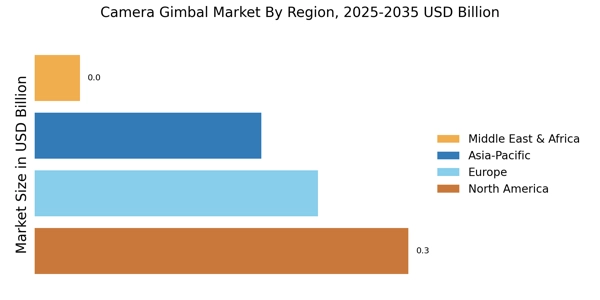
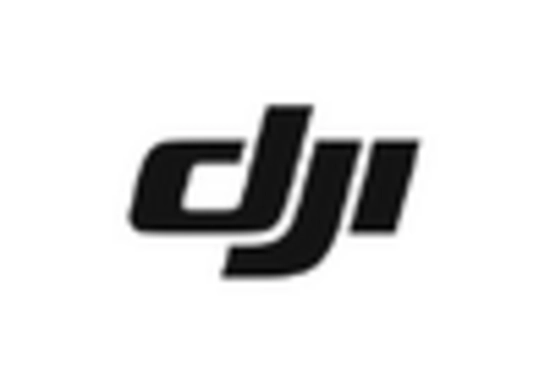
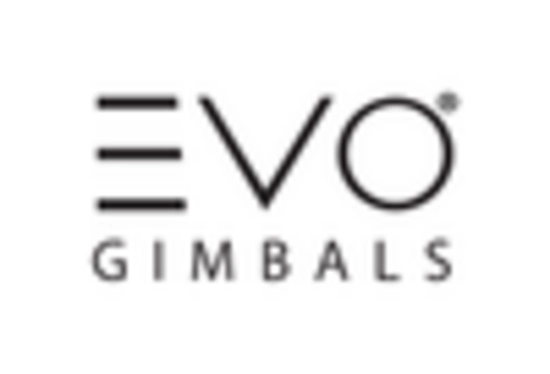

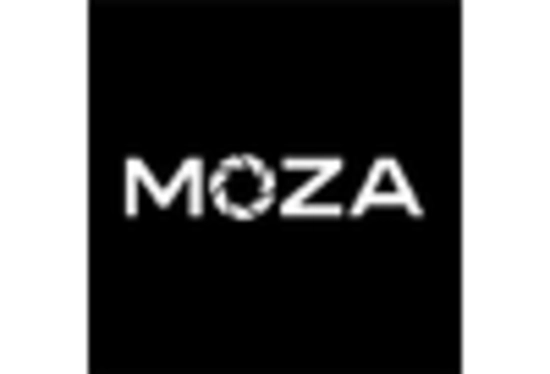

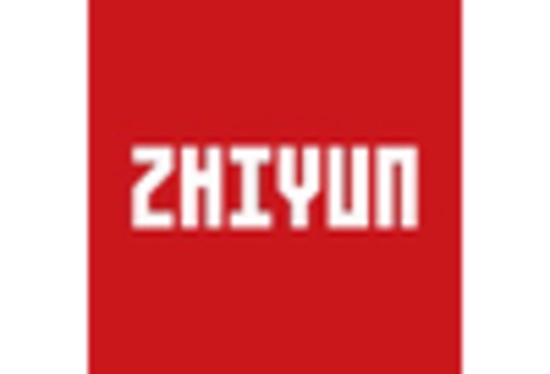








Leave a Comment